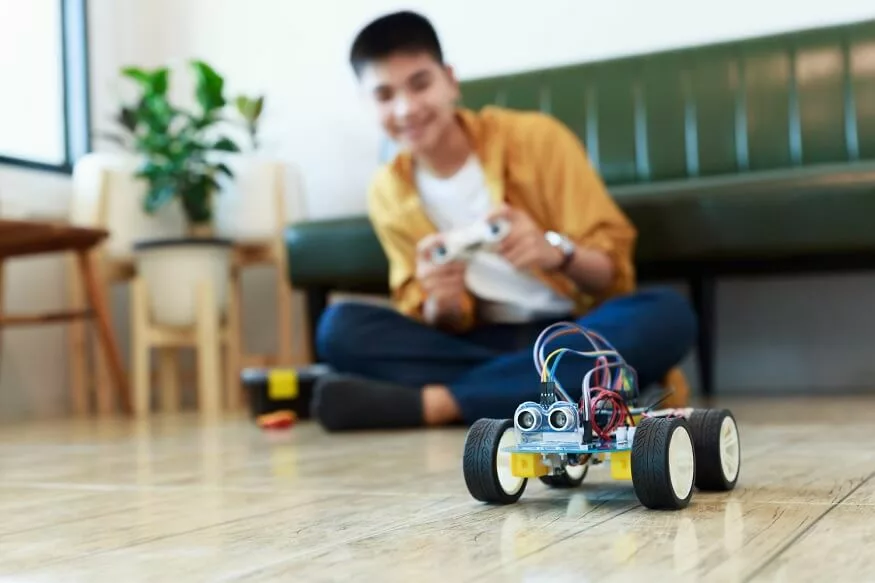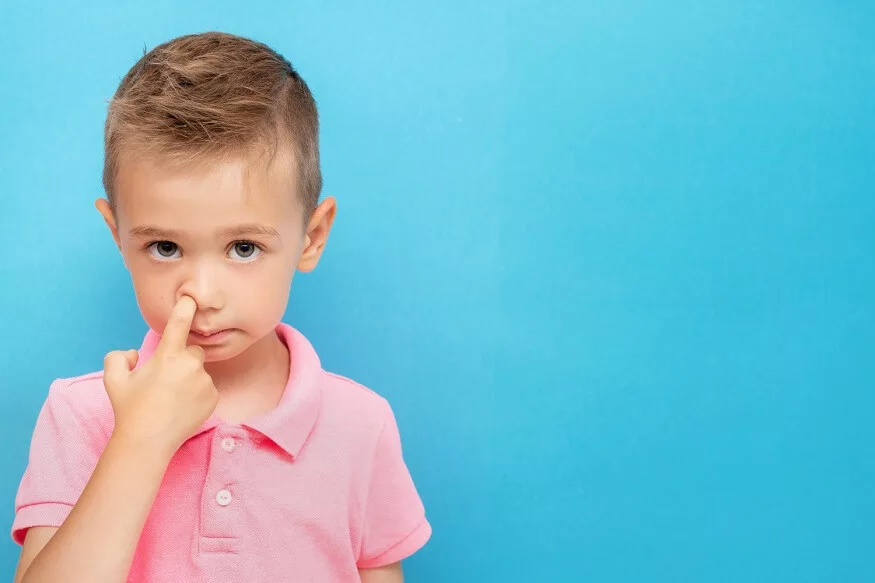Parents find themselves at a crossroads, pondering the age-old question: high-tech or traditional toys – which are better for children? This debate is not merely about the choice of playthings; it delves into the fundamental aspects of child development, cognitive skills, and the balance between the digital and tangible worlds.
Benefits of High-Tech Toys
- Educational Engagement:
- Adaptability to Individual Learning Styles:
- Data-Driven Personalisation:
- Enhanced Feedback Mechanisms:
- Augmented Reality (AR) and Virtual Reality (VR) Experiences:
- Skill Transferability:
High-tech toys often boast interactive features that engage children in educational activities. From tablets with educational apps to robotics kits that promote STEM learning, these toys can contribute to the development of cognitive skills, problem-solving abilities, and creativity.
High-tech toys often come with adaptive learning technologies, tailoring content to a child’s learning style. This personalisation can be particularly beneficial for children with diverse learning preferences and abilities.
Some high-tech toys leverage data analytics to personalise learning experiences based on a child’s progress. This adaptive technology tailors challenges and content, ensuring that the educational journey is both engaging and aligned with the child’s evolving abilities.
High-tech toys frequently include feedback mechanisms that provide instant evaluation of a child’s performance. Immediate feedback can motivate children to persist in solving problems, fostering a sense of achievement and resilience in the face of challenges.
Cutting-edge high-tech toys often incorporate AR and VR technologies, offering immersive learning experiences. These technologies can transport children to virtual worlds, providing unique perspectives and enhancing their understanding of various subjects.
High-tech toys often focus on developing skills that are directly transferable to the digital age. Skills such as coding, digital literacy, and problem-solving in virtual environments are increasingly relevant and may prepare children for future career opportunities.
Also Read: What Is The Best Way To Clean Toys? Cleaning Tips For Wooden Toys
Benefits of Traditional Toys
- Sensory and Tactile Stimulation:
- Imagination and Creativity:
- Reduced Screen Time:
- Emotional Intelligence Development:
- Timeless Appeal and Durability:
- Independent Play:
- Artistic Expression:
Traditional toys, such as building blocks, dolls, or puzzles, provide tactile stimulation that is essential for the development of fine motor skills and hand-eye coordination. The physical interaction with these toys contributes to a child’s sensory exploration.
Unlike pre-programmed high-tech devices, traditional toys encourage open-ended play, sparking children’s imaginations and creativity. Building a fort with blocks or creating stories with dolls allows children to exercise their creativity without the limitations of predefined scenarios.
Concerns about excessive screen time for children have led many parents to embrace traditional toys as a means of promoting a healthier balance between digital and physical activities. These toys offer a break from the constant stimulation of screens.
Traditional toys, such as teddy bears and dolls, can serve as companions that nurture emotional intelligence. Through imaginative play, children learn to understand and express their emotions, building a foundation for healthy social relationships.
Unlike some high-tech gadgets that may become obsolete quickly, traditional toys often have timeless appeal and can withstand the test of time. Passed down through generations, they can create a sense of continuity and family tradition.
Many traditional toys encourage independent play, allowing children to entertain themselves without constant supervision. This fosters a sense of autonomy and self-reliance, skills that are valuable for a child’s overall development.
Traditional toys often involve artistic elements, such as drawing materials, craft sets, or musical instruments. Engaging in creative activities fosters artistic expression, imagination, and a love for the arts from a young age.
Also Read: What to Do When Your Child Dumps Toys Everywhere?
Striking a Play Balance
- Educational Content:
- Physical Activity Integration:
- Parental Guidance on Screen Time:
- Educational Screen Time:
- Theme-Based Playtime:
- Rotational Toy Selection:
- Collaborative Play:
- Customised Learning Plans:
- Nature Exploration:
- Family Game Nights:
- Adaptive Learning Spaces:
Both high-tech and traditional toys can be educational, but parents must evaluate the content and purpose of the toys. High-tech toys with educational apps or traditional toys with educational themes can contribute positively to a child’s development.
Both high-tech and traditional toys can be incorporated into activities that promote physical exercise. Encouraging outdoor play with traditional toys like balls, bicycles, or skipping ropes, as well as integrating high-tech fitness apps or interactive games, ensures a well-rounded approach to physical activity.
As children engage with high-tech toys, parents must set and enforce reasonable limits on screen time. Establishing a healthy balance ensures that children benefit from the educational aspects of technology without succumbing to the potential drawbacks of excessive screen exposure.
High-tech toys can be selected based on their educational content, transforming screen time into a valuable learning experience. Parents can opt for apps and games that align with their child’s educational needs, thereby combining technology with purposeful learning.
Introduce theme-based play sessions that incorporate both high-tech and traditional toys. For example, a session focused on space exploration could involve a combination of interactive apps, educational games, and traditional toys like model rockets or space-themed puzzles, providing a comprehensive and immersive experience.
To prevent monotony and encourage varied skill development, parents can adopt a rotational approach to toy selection. Alternating between high-tech and traditional toys at different intervals ensures that children benefit from a diverse range of play experiences.
Foster collaborative play by encouraging siblings or friends to engage in joint activities that involve a mix of high-tech and traditional toys. This not only promotes social interaction but also allows children to learn from one another, combining the strengths of both types of toys.
Design customised learning plans that integrate both high-tech and traditional toys based on a child’s developmental stage and individual interests. This personalised approach ensures that playtime remains engaging and tailored to the specific needs of each child.
Incorporate elements of nature into playtime by using traditional toys like magnifying glasses, gardening tools, or bird-watching kits. Balancing technology with outdoor exploration fosters an appreciation for the natural world and encourages a healthy connection with the environment.
Establish regular family game nights that include a mix of traditional board games, card games, and interactive digital games. This not only strengthens familial bonds but also allows for a seamless blend of old-fashioned and modern entertainment.
Create adaptive learning spaces that accommodate both high-tech and traditional toys. Designate areas for different types of play, allowing children to transition between activities seamlessly and fostering a harmonious balance in their play environment.
Also Read: The Benefits of Shape Sorting Toys for Two-Year-Olds
In the ongoing debate between high-tech and traditional toys, EuroSchool believes the key lies in striking a balance that caters to the holistic development of children.










